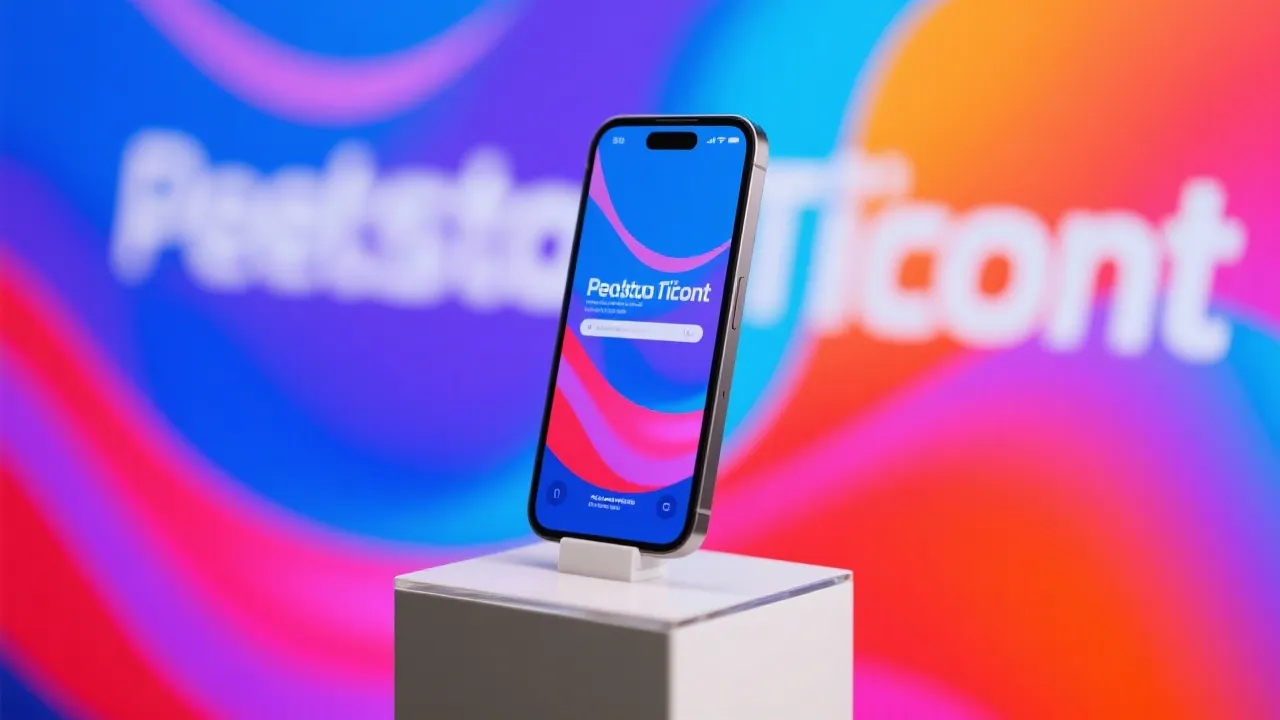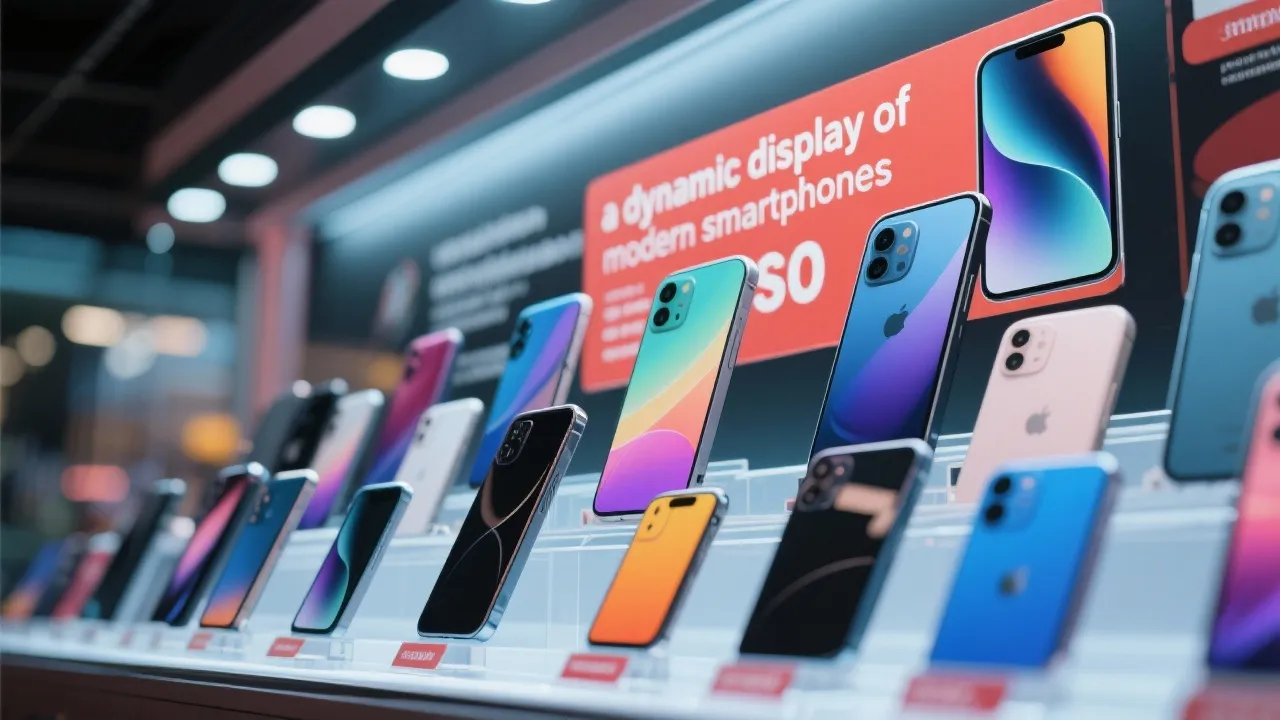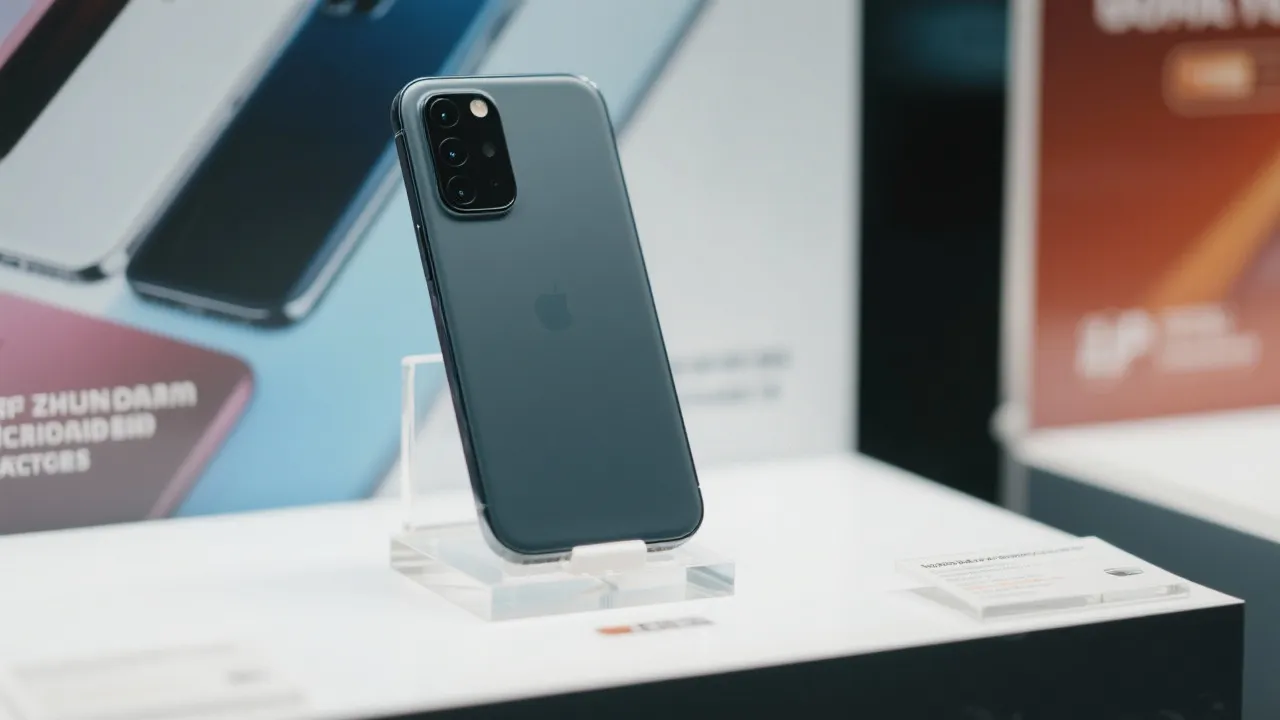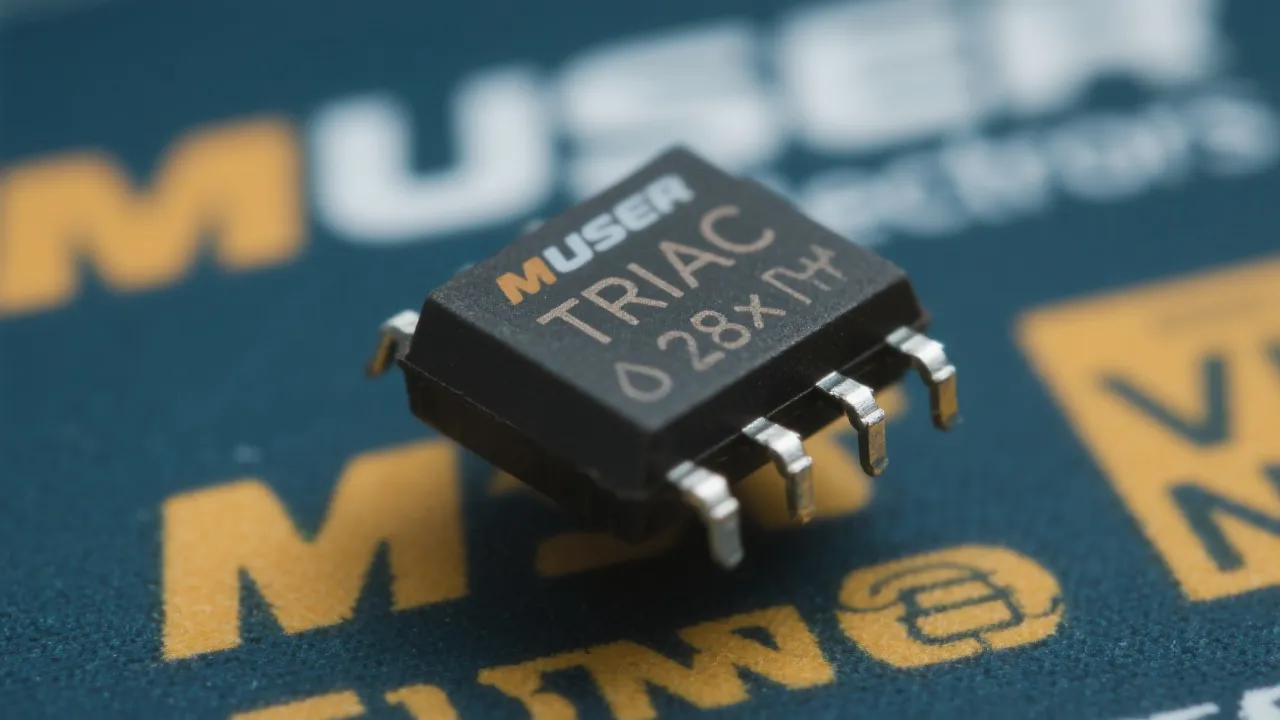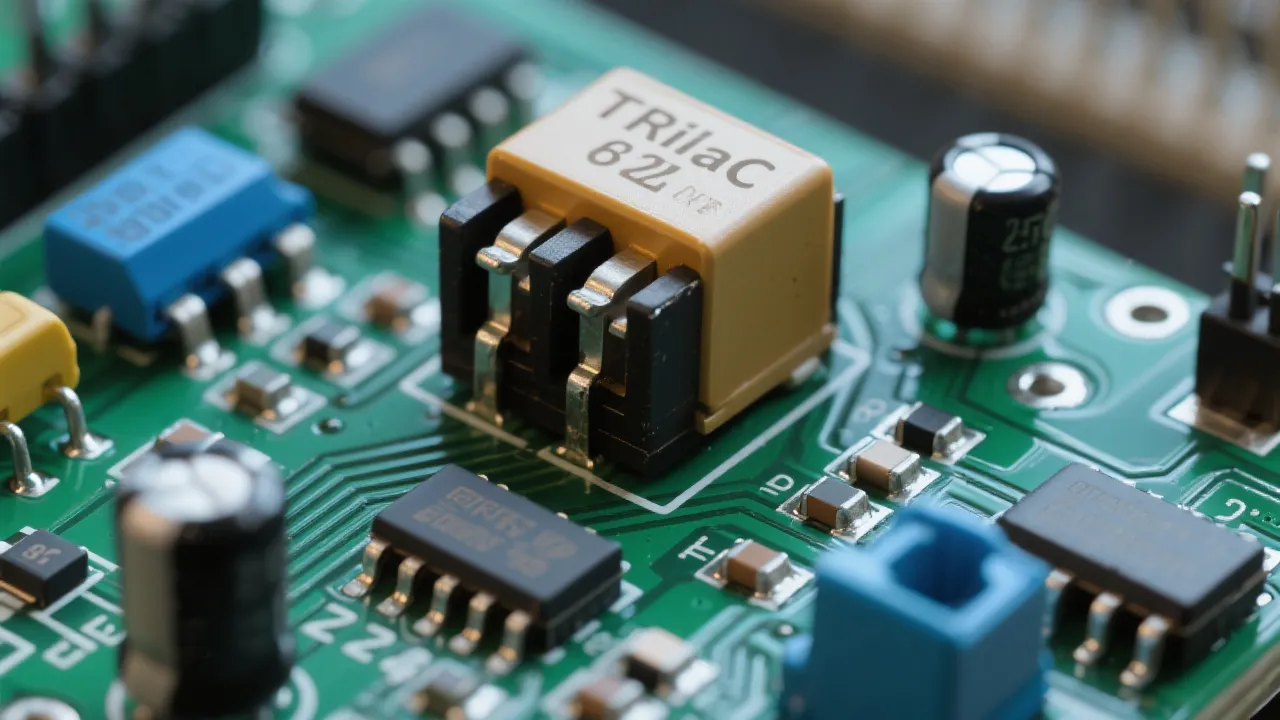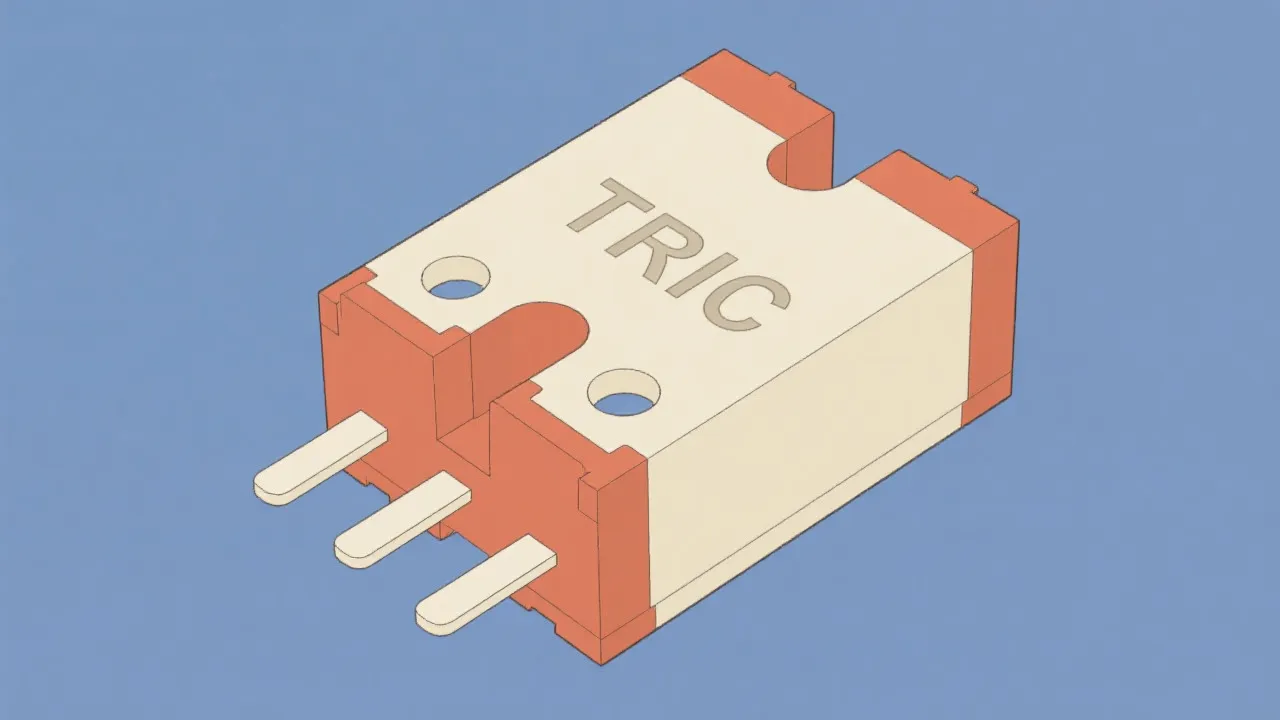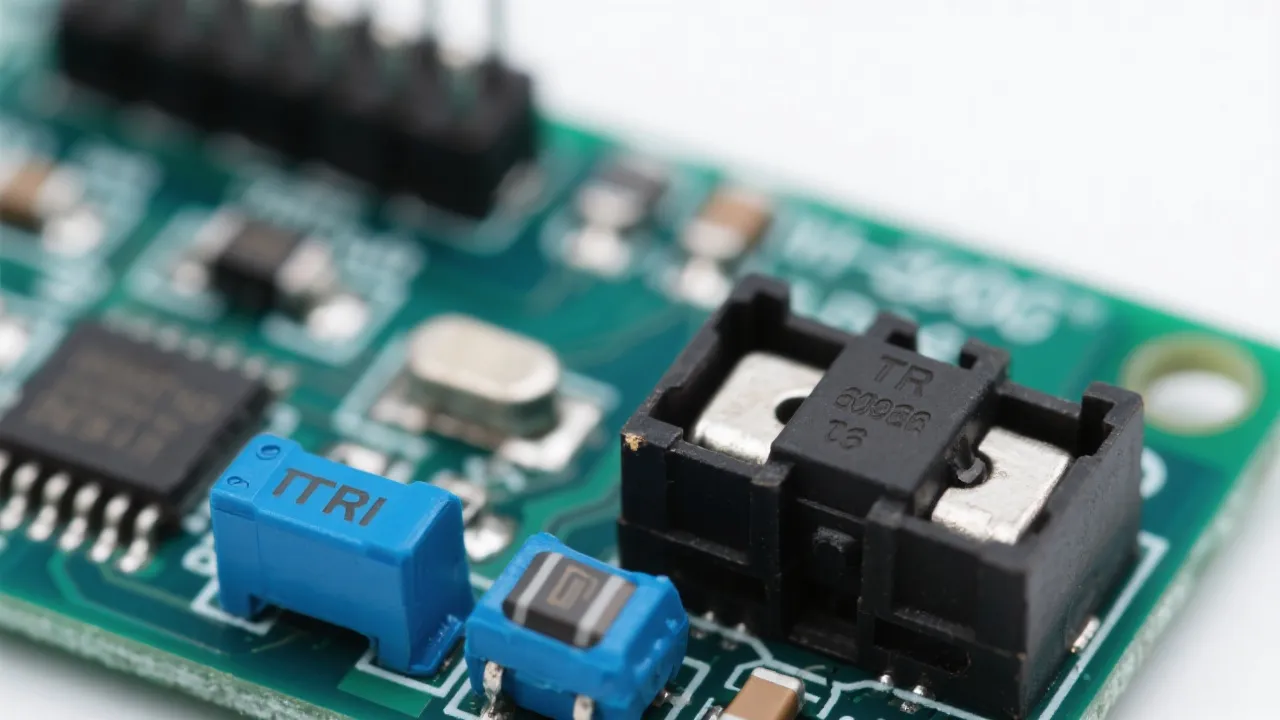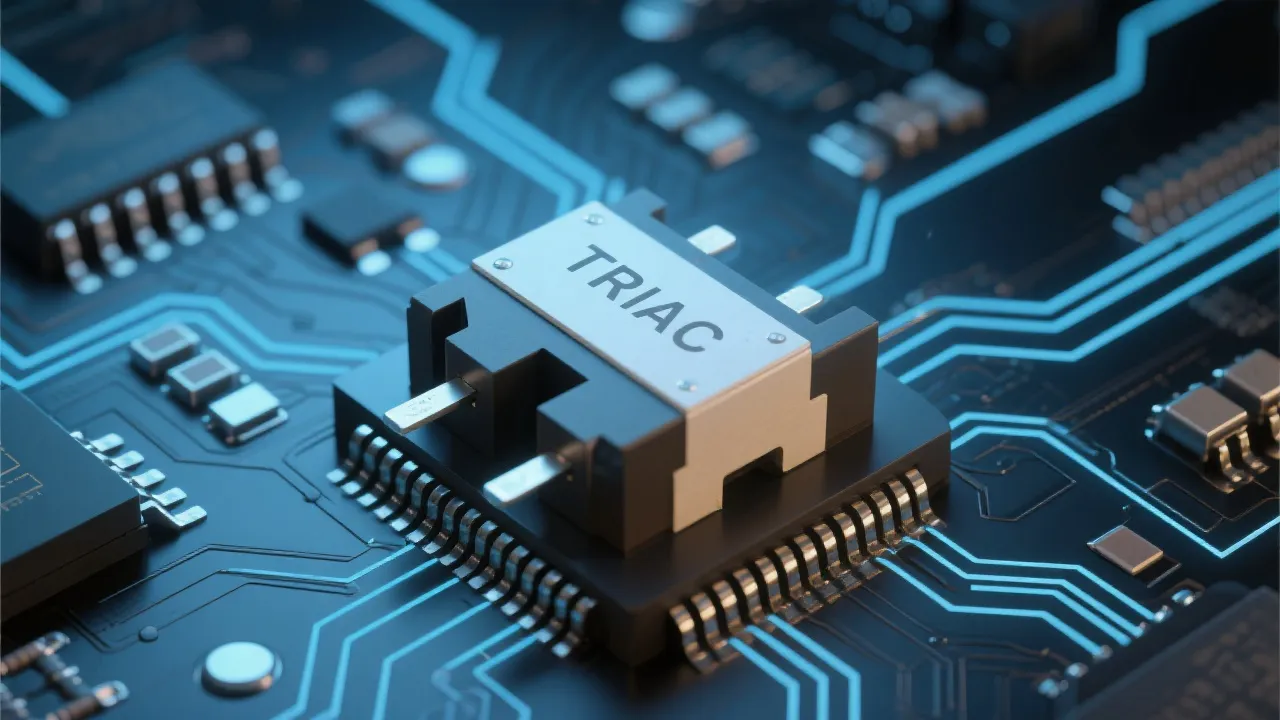Understanding OPGW Oplat Solutions
OPGW Oplat serves a critical function in enhancing power transmission and telecommunications. This comprehensive guide examines its technology and applications. Optical Ground Wire (OPGW) is integrated with high-tension cables for both grounding and communication, providing dual-functional support in the evolving energy infrastructure.
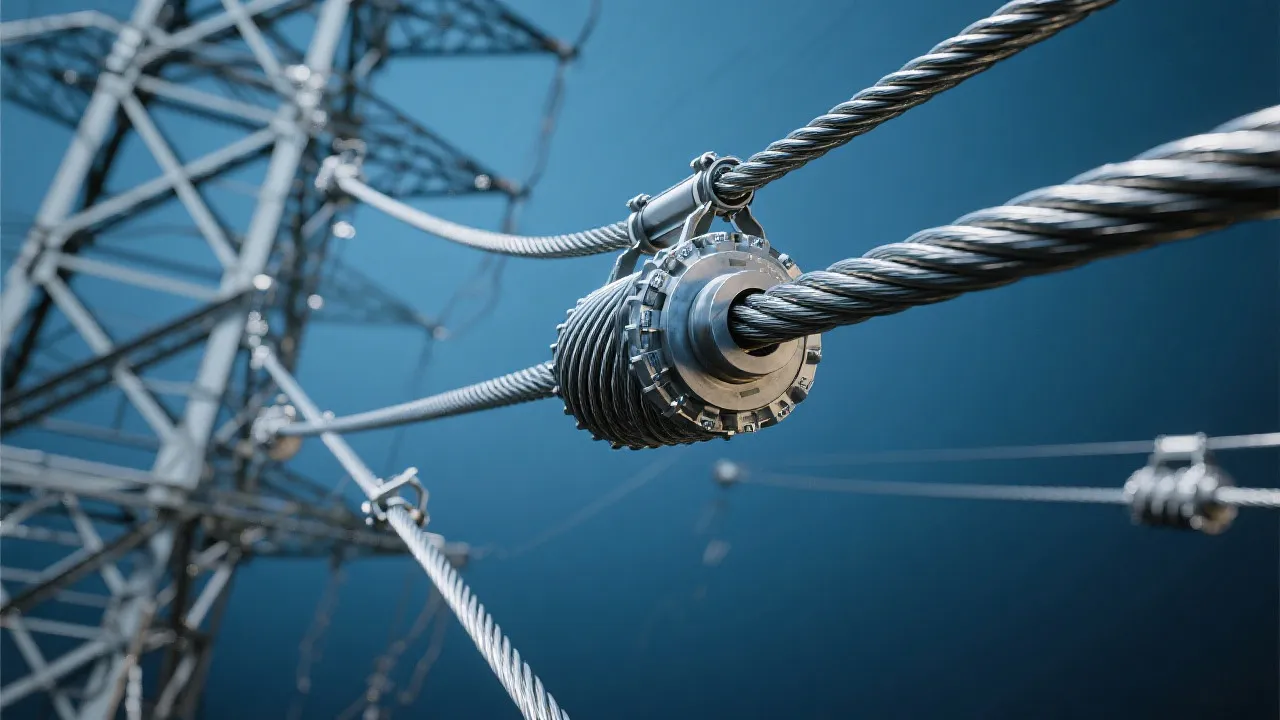
Introduction to OPGW Oplat
Optical Ground Wire (OPGW) represents a groundbreaking fusion of power transmission and fiber-optic technology. By integrating electrical grounding functions with data transmission capabilities, OPGW offers a versatile solution for modern telecommunication needs, particularly in areas undergoing rapid infrastructure development. The term Oplat refers to the various mounting or installation methods used to secure OPGW cables effectively. These methods are crucial for ensuring the durability and reliability of OPGW systems throughout their operational lifespan. In an increasingly digital world, the role of OPGW in enhancing connectivity and power safety cannot be understated.
Technical Insights into OPGW Technology
OPGW is designed to serve two primary functions: act as a traditional ground wire, protecting high-voltage power lines from lightning, and provide a medium for fiber optic communication. This dual-functionality makes it an invaluable component in the power grid, which increasingly relies on seamless and robust communication infrastructure.
Comprising layers of aluminum and steel alloys, OPGW cables ensure mechanical strength and conductivity. The presence of fiber optic strands within the core allows them to provide high-speed data transmission capabilities. This integration is particularly beneficial when extending telecommunications to remote or challenging terrains where additional cabling may pose logistical and financial challenges. In addition, the insulated design of OPGW protects the delicate fiber optic components while maintaining the integrity of the electrical grounding function.
The design of OPGW cables varies according to their intended application. Features such as the tensile strength, weight, and fiber-optic count play significant roles in the construction and selection of OPGW. Understanding these parameters is essential for engineers and project managers involved in the specification and installation of OPGW systems. Moreover, as technology advances, manufacturers are developing OPGW that incorporates new materials and designs to enhance performance, such as higher fiber counts for increased data throughput or lighter constructions that can be applied in various environmental conditions.
Applications and Benefits of OPGW Oplat
OPGW is widely used across the globe, particularly in regions prioritizing the modernization of their power and communication systems. The ability to simultaneously support critical infrastructure for electricity transmission and broadband internet makes OPGW an economically appealing and practical choice. This is particularly relevant in urban expansion projects or rural electrification initiatives, where investment in new utility poles can be cost-prohibitive.
Benefits of OPGW include reduced visual impact since these cables perform dual functions that eliminate the need for separate communication lines. This dual-purpose nature contributes to the aesthetics of landscapes, especially in areas where the proliferation of utility infrastructure could deter tourism or diminish property values. Additionally, the minimal interference with radio, television, and other communication systems proves advantageous in reducing maintenance and operational costs over the wire's lifecycle. The economic benefits also extend to network reliability, as OPGW systems are designed to withstand the rigors of environmental stresses, enhancing long-term performance and reducing downtime costs associated with maintenance and repairs.
In addition to their primary applications, OPGW systems are increasingly being implemented in smart grid initiatives, where data-driven monitoring technologies are crucial. Integration with advanced grid management systems allows operators to optimize electricity flow, forecast maintenance needs, and troubleshoot issues quickly. The data transmission capabilities of OPGW also support Internet of Things (IoT) devices, enabling enhanced remote monitoring and control capabilities in smart cities and industrial settings.
Installation Techniques and Considerations
Installing OPGW involves specialized techniques and equipment, given the complexity and criticality of the operations. Techniques such as sag and tension calculations, pull and tension tower placements, and thermal rating assessments are crucial to ensure the effectiveness and safety of OPGW installations. The installation process typically requires a high degree of precision to maintain the integrity of the cables and to ensure they function as intended both electrically and optically.
The term 'Oplat' refers to the methods and mounting structures that stabilize these cables on high towers. They must withstand environmental stressors such as wind, temperature fluctuations, and ice loading while maintaining optimal performance for both grounding and data transmission functions. The choice of towers, bolts, and clamps used in the installation is vital to the overall success of the project, as improper choices can lead to cable failure or operational inefficiencies.
In addition, training and safety protocols for the installation teams are critical. Installers must be knowledgeable about working at height and handling heavy equipment, ensuring that safety standards are met during installation. Furthermore, the development of specialized tools and devices for OPGW may streamline the installation and maintenance processes, addressing previous challenges faced in the field.
As technology progresses, there is also an emphasis on utilizing drones for inspection and maintenance of OPGW systems. Drones are capable of conducting thorough visual inspections without the need for closures or disruptions to service, allowing for more efficient management of the system's integrity over time. Incorporating such technology into the maintenance routine can enhance safety protocols, reduce costs, and increase the lifespan of the OPGW installations.
Evaluating OPGW Suppliers and Solutions
Choosing the right supplier for OPGW solutions requires a comprehensive understanding of their manufacturing processes, quality assurance standards, and pricing strategies. Potential buyers should assess the product's compliance with international and local regulations, as well as the supplier's track record in delivering reliable solutions. Maintaining relationships with reputable suppliers can lead to beneficial partnerships that foster innovation and reliability in future projects.
| Feature | Consideration |
|---|---|
| Material Quality | Resistance to corrosion and environmental stresses is essential for durability. |
| Fiber Capacity | Number and type of fibers dictate the data transmission capabilities. |
| Installation Services | Availability of expert installation services can minimize operational risks. |
| Cost Efficiency | Cost assessments should include both initial investments and long-term savings. |
| Proven Track Record | Evaluating the supplier's past projects and client testimonials can provide insights into reliability and performance. |
| Support and Maintenance | Ongoing support services are crucial for the long-term success of OPGW projects. |
| Research and Development | Investments in R&D indicate a supplier’s commitment to innovation and future improvements. |
Future Trends in OPGW Technology
As the demand for robust communication infrastructure grows, innovations in OPGW technology are anticipated to focus on improved efficiency and flexibility. Enhanced fiber capacities, lighter yet stronger materials, and advances in installation technologies will likely shape the future landscape of OPGW solutions. The adoption of new materials that can withstand extreme weather conditions and have lower weight will enable wider applicability in diverse geographical environments.
The march towards sustainable energy solutions also underscores the importance of developing OPGW systems with better environmental footprints. This includes the adoption of recyclable materials and energy-efficient production processes. Furthermore, as the transition to renewable energy sources accelerates globally, OPGW can play a pivotal role in connecting wind farms, solar arrays, and other renewable power generation systems to the grid.
Moreover, as cities evolve towards smart city designs, OPGW technology could be enhanced to support greater amounts of data traffic while also providing Service Level Agreements (SLAs) for guaranteed uptime and quality of service. With the increasing integration of automation and artificial intelligence in grid management, OPGW may facilitate end-to-end communications seamlessly between the power generation sites and the control centers.
Convergence of communication systems within OPGW is expected to allow utility providers to offer bundled services, enhancing customer satisfaction and fostering a more connected community. Internet access through OPGW could become an essential service, appealing to both urban and rural populations by ensuring equitable access to high-speed data, vital for economic development and education.
FAQs
- What is the primary function of OPGW?
- OPGW serves as both a ground wire for electrical systems and a medium for fiber optic data transmission.
- Can OPGW be easily integrated into existing infrastructure?
- Yes, with proper planning and execution, OPGW can be integrated into existing power lines to enhance their functionality.
- What factors should one consider when selecting an OPGW supplier?
- Material quality, fiber capacity, and the supplier’s experience are critical considerations.
- Are there any environmental concerns associated with OPGW?
- As with any infrastructure project, there are environmental considerations, but efforts are continually being made to minimize the impact through sustainable practices.
- How does OPGW contribute to grid reliability?
- OPGW enhances grid reliability by allowing real-time monitoring and communication capabilities that can quickly address outages, maintenance, and operational decisions.
- What advancements in technology are expected to influence OPGW systems?
- Future advancements may include stronger and lighter materials, enhanced fiber optics with higher bandwidth capabilities, and improvements in installation techniques that embrace automation and cost-effectiveness.
Conclusion
In summary, OPGW Oplat technology is a critical component in the integration of power transmission and telecommunication infrastructures. Its dual-functionality, combined with its economic and operational benefits, makes it a favored solution for both urban and remote areas. As global demand for better connectivity and reliable power solutions continues to grow, OPGW systems will undoubtedly play a significant role in transforming communication and energy landscapes. Moreover, the ongoing innovations in this technology promise to deliver even greater capabilities in the upcoming years, positioning OPGW not just as a supplementary system, but rather as a strategic imperative in modern infrastructure development. In bridging the gap between power transmission and data communication, OPGW exemplifies how technological convergence can lead to enhanced efficiencies and solutions that serve the needs of future generations.


